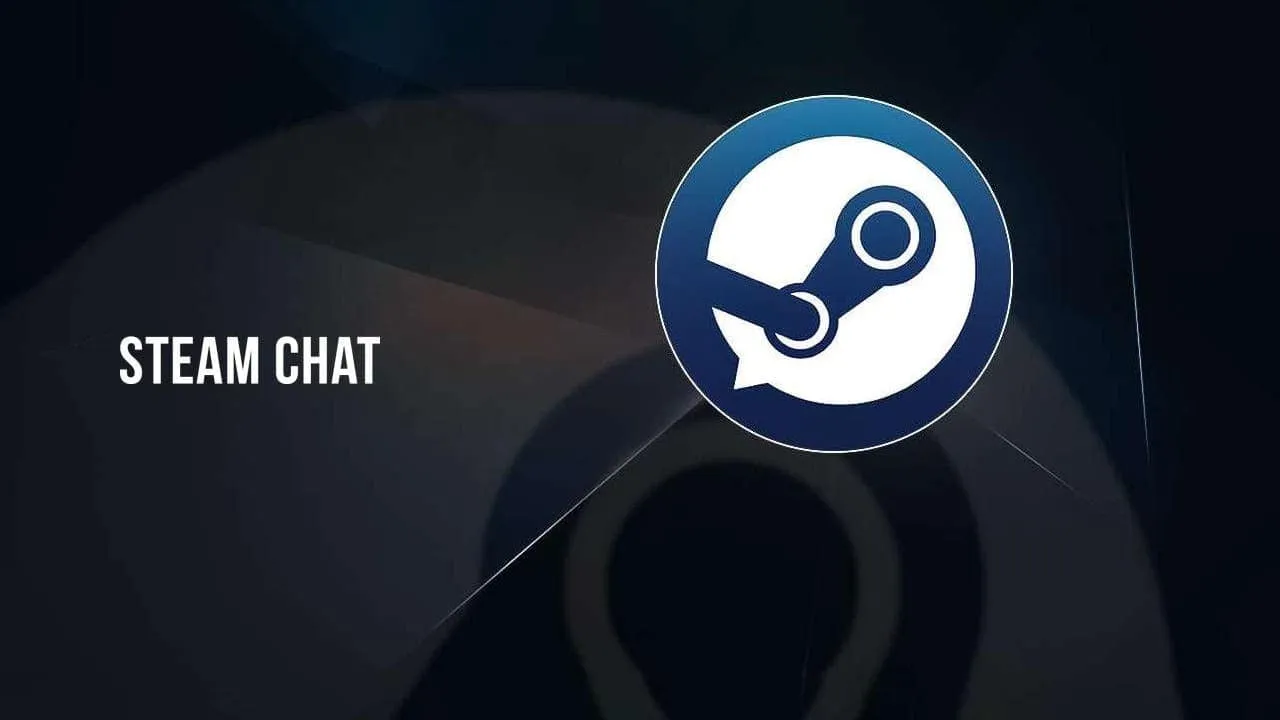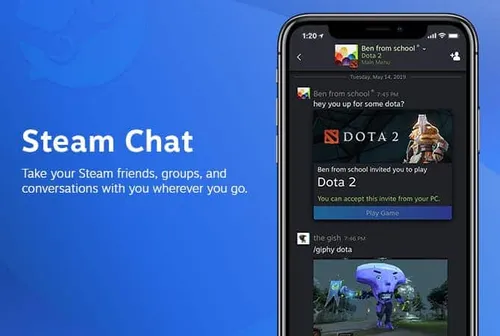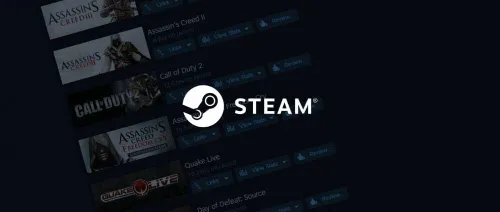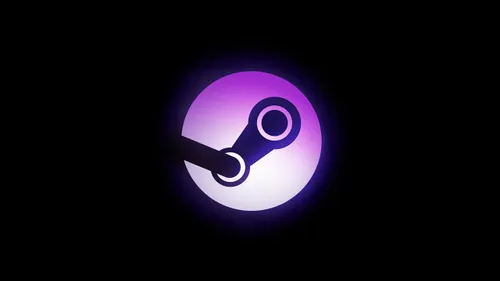
For years, Discord was my gaming communication champion. It boasted a sleek design, tons of features, and bustling communities. All that made it a perfect hub for chatting with friends and online connections. But lately, I've discovered a simpler, and dare I say, better alternative: Steam Chat. Let's delve into why it might just be the underdog worth cheering for.
Steam Chat Is the Familiar Friend You Probably Didn't Know Existed

Gamers have long relied on communication platforms to forge friendships, strategize victories, and share post-match laughs. For PC gamers, Steam reigns supreme as the go-to gaming client. And guess what? Steam itself offers a built-in communication platform called Steam Chat.
Seamlessly integrated into the Steam interface, Steam Chat provides a convenient and familiar way to connect with your Steam buddies. It's been around since Steam's inception, evolving from a basic messaging service to a more robust platform. Discord, on the other hand, has carved out a distinct space as a multi-purpose communication hub. While Discord's roots lie in gaming chat, it's expanded beyond that, welcoming users of all stripes seeking a feature-rich platform. Public servers teeming with activity, a focus on fostering communities, and a diverse range of functionalities like screen sharing and custom bots make Discord a juggernaut for online interactions. But that doesn't mean Steam Chat can't hold its own.
Steam Chat Cuts Through the Clutter

Steam Chat's greatest strength lies in its seamless integration with the Steam client. Unlike Discord, which requires a separate app, Steam Chat lives within the Steam ecosystem you already know. This translates to effortless communication – no need to juggle multiple programs to chat with friends while gaming.
Imagine this: You're rocking a sweet setup with an AMD graphics card and Razer peripherals. You launch a Steam game on Windows and hop into a Discord call with your teammates. Suddenly, overlays from both Steam and Discord battle for dominance on your screen, bombarding you with notifications and shortcuts. If you've ever experienced this software overload, you know the value of streamlined solutions.
Steam's in-game overlay is a necessary companion for many PC gamers. The beauty of Steam Chat is that it thrives within this familiar environment. You don't have to minimize your game or wrestle with a clunky Discord overlay to switch voice channels.
Steam Chat keeps things simple: a quick press of Shift + Tab brings up the Steam overlay, granting you access to your friends list and chat functions. Initiate a one-on-one chat, or tap the plus icon to create a group chat – all without ever leaving the game. This built-in simplicity not only frees up valuable system resources but also streamlines communication, allowing you to focus on what truly matters – dominating the competition (or strategizing your next hilarious in-game prank).
More Than Meets the Eye

Steam Chat's functionality extends far beyond simple one-on-one messaging. It offers robust group chat features that feel remarkably similar to Discord servers. Think dedicated channels for strategizing your next raid or just hanging out with friends – all within the familiar confines of the Steam interface. You can even assign roles with varying permissions, giving your group chat a more organized structure.
But where Steam Chat truly shines is its refreshingly lightweight design. Unlike Discord, with its ever-expanding array of features (some more useful than others), Steam Chat keeps things focused: text and voice chat, delivered in a clean and uncluttered interface. This streamlined approach is perfect for those who prefer a no-frills communication experience.
Here's the thing: its simplicity might be its biggest selling point, but it can also be its downfall. Unlike Discord, which bombards you with updates about its latest bells and whistles, Steam Chat updates tend to fly under the radar. Many users, myself included for a while, mistakenly assume that Steam Chat remains stuck in the past. The truth is, Steam Chat has quietly evolved into a powerful communication tool.
But You Don't Get All Discord Features

While Steam Chat excels at fostering communication within established gaming groups, it's important to acknowledge its limitations compared to Discord's broader appeal. Discord shines when it comes to expanding your social circle and discovering new communities. Its robust public server discovery tools allow you to explore interests beyond your immediate Steam friends list. Steam Chat, on the other hand, keeps things close-knit, largely revolving around your existing Steam network. This makes it less likely to stumble upon new gaming groups or connect with unfamiliar players.
Sure, you can create Steam Chat group invite links and share them on social media, but here's the catch: Steam Chat requires a Steam account, which can be a barrier for non-gaming friends. Discord, on the other hand, operates independently of gaming preferences. While convincing someone who doesn't use Steam to create an account just for chatting might be a tough sell, Discord seamlessly integrates with various social circles.
Even if your friends do take the plunge and create Steam accounts, Discord still holds a distinct advantage as a casual hangout space. Discord activities are designed for quick and easy jumps in and out, perfect for those moments of lighthearted fun. Furthermore, Discord bots significantly expand its functionality, catering to diverse needs beyond just communication.
Loading






